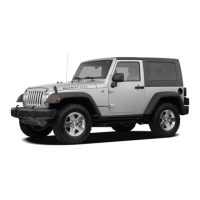
Do you have a question about the Jeep 2007 Wrangler and is the answer not in the manual?
| Brand | Jeep |
|---|---|
| Model | 2007 Wrangler |
| Category | Automobile |
| Language | English |
Manual contains warnings against procedures that could result in accident or injury, and cautions against procedures that could damage vehicle.
Discusses the importance of seat belts and their function with airbags for occupant safety.
Explains the operation of combination lap/shoulder belts and their retractor locking design.
Aids driver in maintaining control under adverse braking by preventing wheel lock-up and skidding.
Enhances directional control and stability by correcting over/under steering through brake application.
Steps to remove the soft top, including detaching door frames, quarter windows, and rear window.
Procedure for installing the soft top, referring to prior steps for hard top removal and frame installation.
Step-by-step guide to folding down the soft top, identifying key components like bows and retainers.
Diagram illustrating the layout and numbering of all gauges, indicators, and warning lights in the instrument cluster.
Detailed explanation of gauges like Fuel, Speedometer, and warning lights like Charging System, ABS, Airbag.
Essential steps before starting: seat adjustment, mirror alignment, seat belt fastening, and child safety warning.
Explains tire placard location and the critical importance of checking tire pressure for safety and performance.
Provides steps to manage an overheating engine, including turning off AC and using the heater to aid cooling.
Step-by-step procedure for jump starting a vehicle with a discharged battery using booster cables, with safety warnings.
Instructions on how to check the engine oil level correctly and when to add oil.
Provides warnings about hot coolant/steam and procedures for checking coolant levels and protection.
Presents two maintenance schedules (A & B) based on operating conditions and required services for the vehicle.
Schedule B applies to vehicles operated under severe conditions such as dusty areas, short trips, or heavy loads.

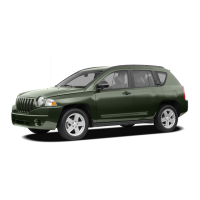
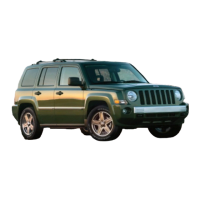
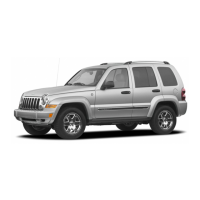
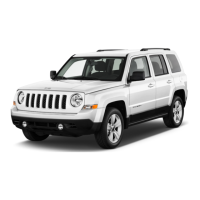

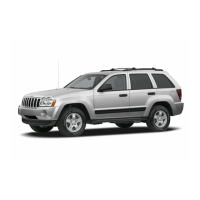




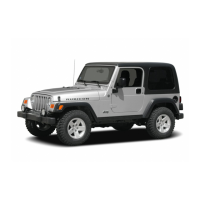
